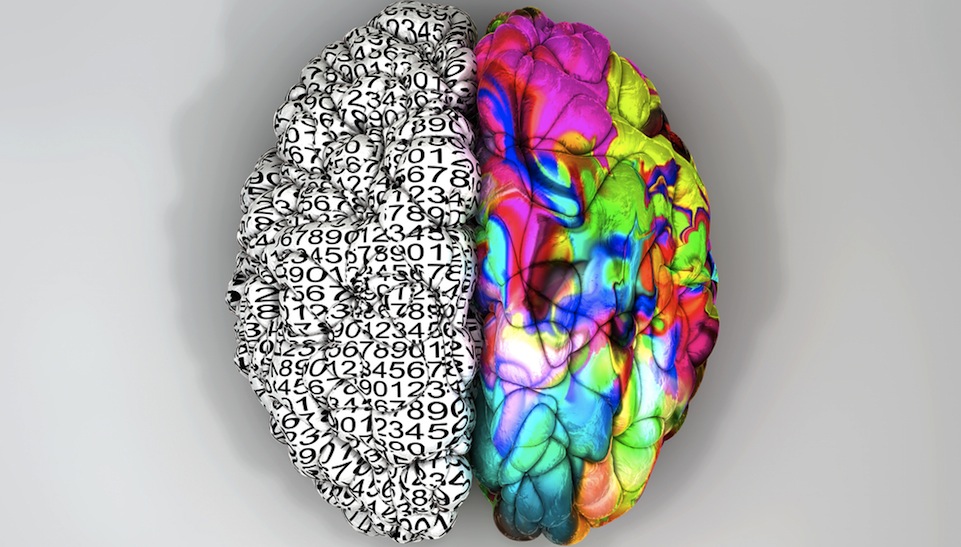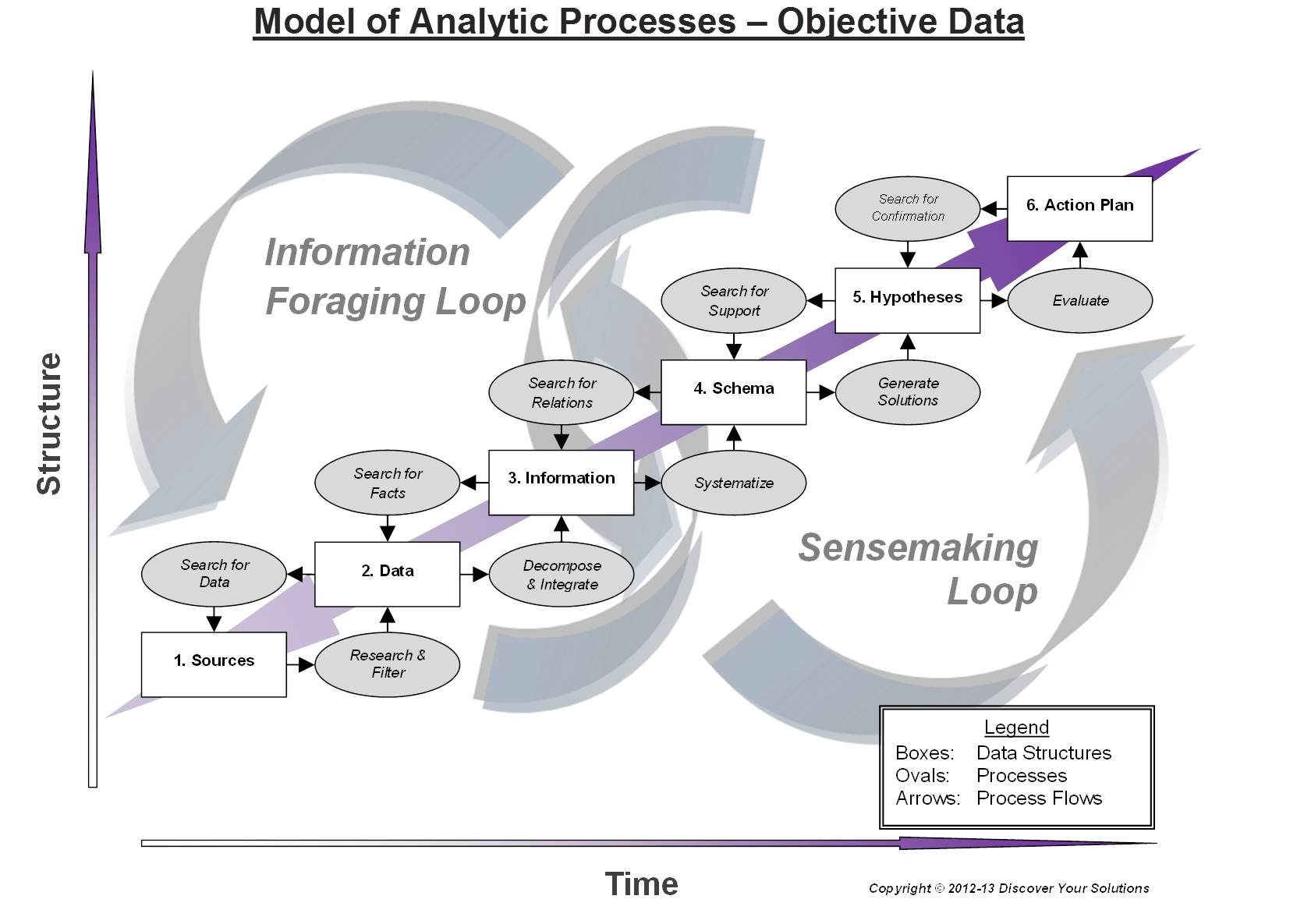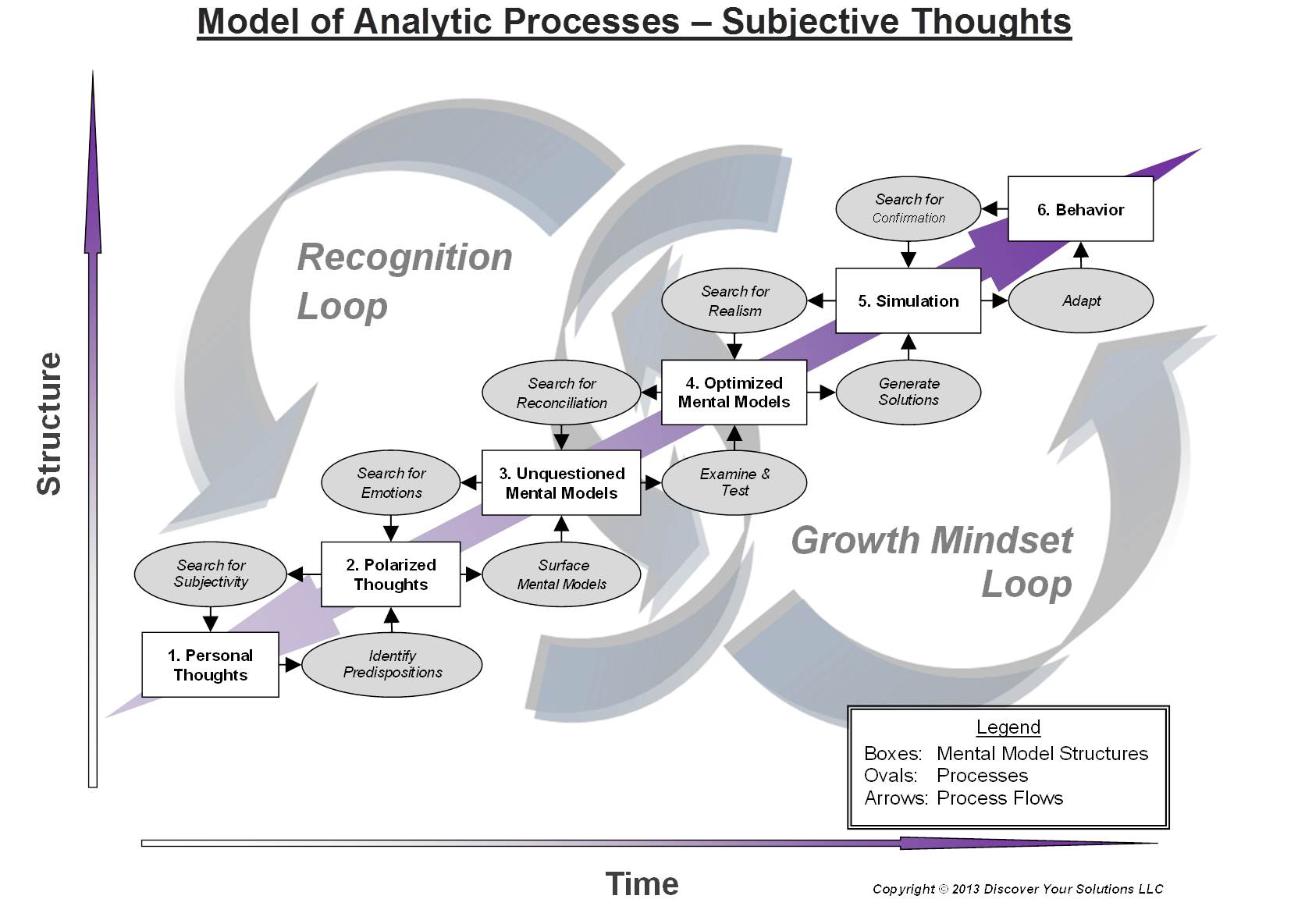Structure - Objective Data vs. Subjective Thoughts
Tuesday, November 12, 2013
Structuring is the most important concept in problem solving. As I discussed in my previous blog post, structuring helps you better understand your situation by creating representations of your problem and your potential solutions.
"What's the highest level of my structure?"
At its very highest level, I've divided the structure into two halves - Objective Data and Subjective Thoughts.
Now, I've got to admit to you that clarifying the language of this initial branching of the problem solving structure was a difficult task for me. I've seen many ways to describe the division of ones thinking into two parts:

- Left Brain vs. Right Brain
- Logical vs. Emotional
- Data vs. Personal Thoughts
- Objective vs. Subjective
- External Thinking vs. Internal Thinking
- System 2 vs. System 1
- Head vs. Heart
Since I needed to standardize my language, I decided on the phrases, 'Objective Data' and 'Subjective Thoughts'. These terms may seem general, vague, or oversimplified but I felt they were closest to the concept I was defining. My main consideration for bifurcating the structure at this level was to separate out 'predispositions'. This was really important to me because one of the primary goals of my methodology was to examine unquestioned mental models. Specifically, unquestioned mental models that were used to support predispositions at the crux of the problem.
The key point here for you is that your analysis should be divided into two parts - objective data and subjective thoughts.
'Objective Data' as the phrase suggests refers to the object. 'Subjective Thoughts' pertains to you, the subject. So, your objective data are external objects (i.e. who, what, when, where, why, how, from where, & to where) and your subjective thoughts are your internal thoughts (i.e. expectations, intentions, assumptions, intuitions, opinions, conclusions, judgments, beliefs, hopes, & gut feelings). These are your predispositions.
Model of Analytic Processes for Objective Data
Now, take a look at my Model of Analytic Processes for Objective Data. As you can see in the conceptual diagram below, developing the structure of your objective data over time can be a complex process. Fortunately, it's an natural intuitive process.

DOWNLOAD: Word version of Model of Analytic Processes - Objective Data.docx (Click link to download Word version).
DOWNLOAD: PDF version of Model of Analytic Processes - Objective Data.pdf (Click link to download PDF version).
For more information about the Model of Analytic Processes for Objective Data, go to Detailed Information.
Model of Analytic Processes for Subjective Thoughts
My Model of Analytic Processes for Subjective Thoughts below is a conceptual diagram that shows how analytical processes develop the structure of your mental models during problem solving. This process is used to examine your own personal thoughts for any flaws in your thinking that could be blocking you from solving your problem.

DOWNLOAD: Word version of Model of Analytic Processes - Subjective Thoughts.docx (Click link to download Word version).
DOWNLOAD: PDF version of Model of Analytic Processes - Subjective Thoughts.pdf (Click link to download PDF version).
For more information about the Model of Analytic Processes for Subjective Thoughts, go to Detailed Information.
"So what does this mean to me?"
This means your structuring, at the highest level, will be aligned with the most basic way your brain operates. And that means that the specific structure of your representation of your problem will also be aligned making, your problem easier to understand and easier to solve.
by Keith Glein, Founder & CEO
